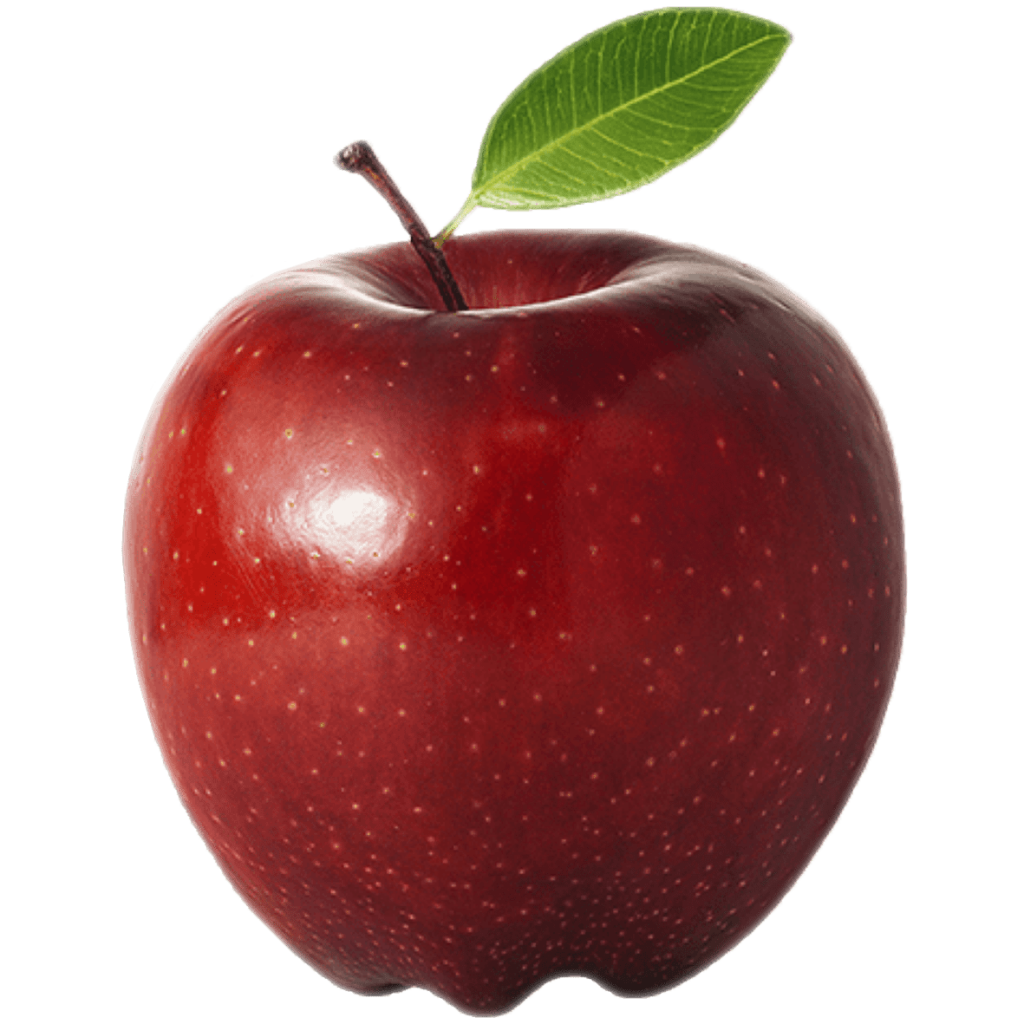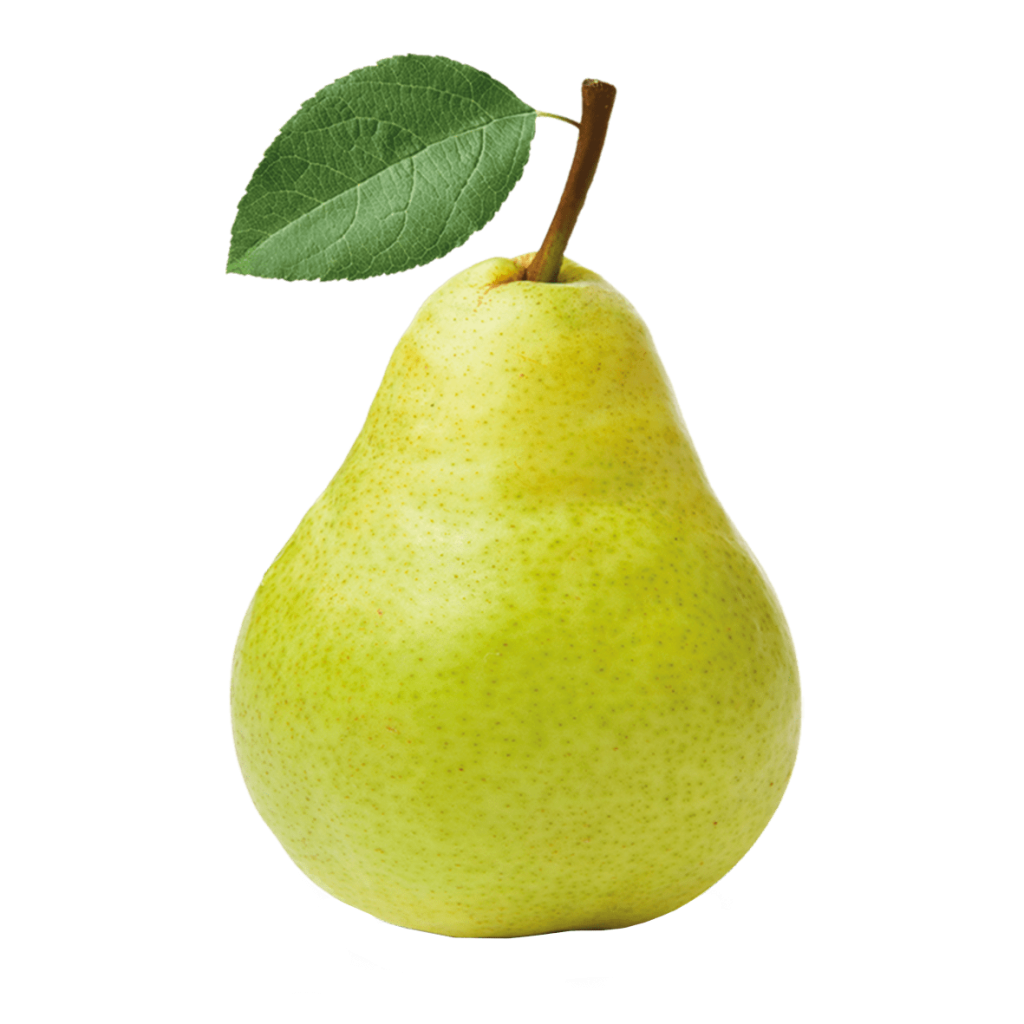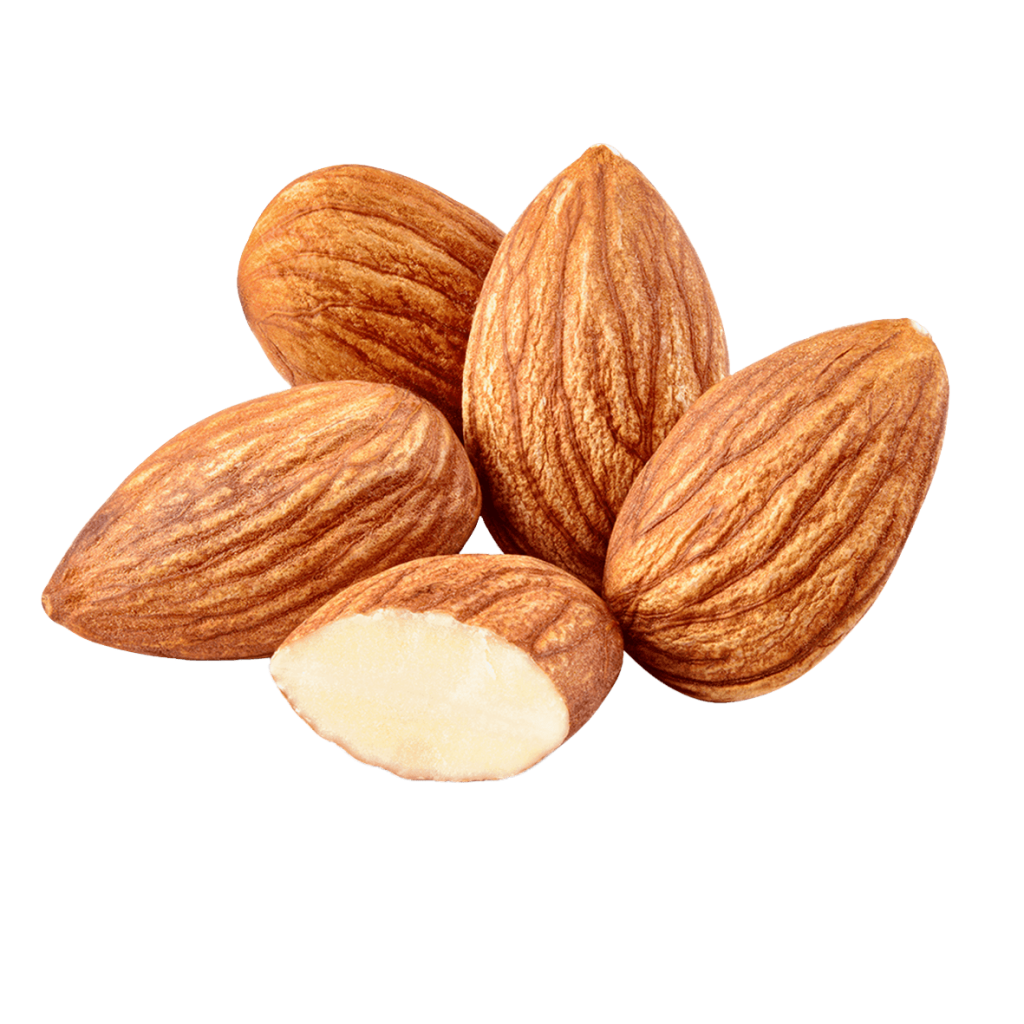Rootstocks
The Importance of Grafting in Modern Horticulture
Iran has a rich agricultural heritage, with a long history of cultivating diverse plants that reflects the country’s deep-rooted connection to nature. In today’s world, the challenges of agriculture—such as resource scarcity and the need for innovative practices—demand advancements in agricultural sciences, particularly in areas like modern farming, plant breeding, and pest control.
One of the most effective techniques in plant propagation is grafting, a method that allows for the asexual reproduction of plants. Grafting involves attaching a part of one plant (the scion) to another (the rootstock), enabling the combination of desirable traits from both plants. The rootstock provides a strong foundation, often possessing deep roots that enhance nutrient absorption and resistance to pests and diseases.
The benefits of grafting are numerous. It allows for the preservation of specific plant characteristics, facilitates the introduction of new varieties, and can significantly reduce the juvenile period of trees, resulting in faster fruit production. Additionally, grafting can help diagnose and manage viral diseases, rejuvenate aging trees, and enhance overall plant vigor and productivity.
Peach & Nectarine


GF677
(Hybrid of P.persica x P. amigdalus)
Selected by INRA in France. Induces high vigor, higher than the Prunus Persica. Polyvalent rootstock, it is mainly used for peach and almond, plum trees, although with an intermediate (a variety) it is also being used a lot for apricot. It gives high productivity and is also suitable for calcareous, poorly irrigated and hilly soils. It does not disdain clayey soils, as long as they are not asphyxiated. Sensitive to Agrobacterium and Armillaria.

GF-655/2
GF-655/2 was developed by INRA in France. It is compatible with apricot, peach, and nectarine, and is also suitable for plum. This rootstock has good tolerance to waterlogged and calcareous soils. Resistance to Phytophthora and Crown Gall are some of its traits.

MRS 2/5
(P.Cerasifera x P.spinosa)
Rootstock selected at the University of Pisa. It gives the plant a medium-low vigor and requires very fertile and irrigated soils. In these conditions, as a dwarf rootstock, it induces good productivity and very good fruit quality. Good affinity with the main cultivars. It has polloniferous activity, but lower than other plums. It can also adapt well to medium rich soils, as long as it has sufficient water availability and is not heavy with clay. It resists root asphyxia and active limestone well.
Apple


MM106
Rootstock obtained from stumps, currently used mainly for “spur” varieties and for medium fertility soils, but without water stagnation, given the remarkable sensitivity to collar rot (Phytophtora cactorum), nor too dry condition. It induces a medium vigor, however is not compatible with high density plants, good productivity and production efficiency. The fruits may be slightly smaller than that obtained with other weaker subjects.

M9-T337
M9-T337 was developed by NAKB in the Netherlands. The M.9 T337 rootstock, a variety of the Malling 9 series, is favored in apple orchards for its ability to dwarf trees, reducing them to 25-30% of standard size. This rootstock is suitable for high-density planting in orchards, promoting early and abundant fruiting, and increasing overall yield. It provides good anchorage and minimizes the need for support. While M.9 T337 is resistant to apple woolly aphids, it is susceptible to fire blight and requires well-drained soil.

M9-EMLA
M9-EMLA originates from the UK. The M9-EMLA rootstock is ideal for high-density apple orchards, reducing tree size by 30-40% compared to standard, increasing early fruit production, and making management easier. While providing good anchorage and compatibility with various apple varieties, it requires well-drained soil and is susceptible to diseases such as fire blight and powdery mildew. It is relatively resistant to collar rot, crown gall, and crown rot
Apricot


Myrobalan 29c
(Selection of Prunus Cerasifera)
Myrobalan 29C adapts itself well to different soils and is moderately resistant to waterlogging. The suckering activity is generally low with a lot of cultivar of plum and apricot. It induces a good tree vigor (reduced tree vigor respect Myrobalan by seed), promoting good yields and fruit quality: good fruit caliber and quick fruit settting

GF-655/2
GF-655/2 was developed by INRA in France. It is compatible with apricot, peach, and nectarine, and is also suitable for plum. This rootstock has good tolerance to waterlogged and calcareous soils. Resistance to Phytophthora and Crown Gall are some of its traits.
Plum


Myrobalan 29c
(Selection of Prunus Cerasifera)
Myrobalan 29C adapts itself well to different soils and is moderately resistant to waterlogging. The suckering activity is generally low with a lot of cultivar of plum and apricot. It induces a good tree vigor (reduced tree vigor respect Myrobalan by seed), promoting good yields and fruit quality: good fruit caliber and quick fruit settting.

GF-655/2
GF-655/2 was developed by INRA in France. It is compatible with apricot, peach, and nectarine, and is also suitable for plum. This rootstock has good tolerance to waterlogged and calcareous soils. Resistance to Phytophthora and Crown Gall are some of its traits.

MRS 2/5
(P.Cerasifera x P.spinosa)
Rootstock selected at the University of Pisa. It gives the plant a medium-low vigor and requires very fertile and irrigated soils. In these conditions, as a dwarf rootstock, it induces good productivity and very good fruit quality. Good affinity with the main cultivars. It has polloniferous activity, but lower than other plums. It can also adapt well to medium rich soils, as long as it has sufficient water availability and is not heavy with clay. It resists root asphyxia and active limestone well.
Cherry


Prunus mahaleb
Indigenous species of central-southern Europe. High vigor with intermediate habitus. It has little or no polloniferous activity. Suitable for loose, well-drained, dry soils. Tolerant to active limestone and in conditions of no irrigation system. The productivity is higher than the Prunus Avium seedling; slow fruit set, but on the other hand giving good size and quality.

SL64
Clonal selection of Prunus mahaleb obtained by INRA (France). Adapts to loose, poor and even skeleton-rich soils, as long as they are not asphyxial and heavy. Has a positive influence on the quality and productive efficiency. Reduces vigour by 20-30% compared to the Franc seedling rootstock.

COLT
(Ibrido di P. avium x P. pseudocerasus)
Rootstock for cherry, induces a medium-high vigor, with upright and compact habitus. Poor polloniferous activity. It adapts well to different types of soil, including those that tend to be heavy and humid. Medium-low plant density. Sensitive to calcareous soils and with limited water availability. Sensitive to root tumor (Agrobacterium tumefaciens). Considered as an alternative to the Franco in case of restocking.

CAB 6P
(Selection of P.cerasus)
Rootstock obtained from the University of Bologna. CAB6p induces medium vigor with a superficial root system which has a medium anchor. It can be used for medium density plants, in fertile soils. Advance the ripening period by a few days compared to Colt. It adapts to compact, heavy and asphyxiated soils, sucker, sensitive to water shortages and Armillaria, tolerant instead of Phytophthora and Verticillium.

CAB11E
(Selection of P.cerasus)
Rootstock selected by the University of Bologna. Semi-dwarfing rootstock. It induces a medium vigor with a superficial root development, therefore it adapts well to compact and heavy soils, but is sensitive to water shortages. The habit of the plant is erect, generally provided with anticipated branches. It has a high polloniferous activity. It is tolerant to chlorinating soils, sensitive to dry condition.
Pear


Q1
The Q1 seedling rootstock, sourced from superior seedlings in Europe, is highly compatible with most European pear varieties. It exhibits resistance to heavy soils, calcareous soils, waterlogging and drought, making it a versatile choice for orchards. With high vigor, the Q1 seedling rootstock is free-standing and does not require support, although it may take some time to start bearing fruit

BA-29C
BA 29-C was developed by INRA in France. It is a semi-vigorous, early, and productive rootstock, compatible with many European pear varieties, but not all, derived from the Provence pear tree. BA 29-C is early and highly productive, producing trees that are 1/2 to 2/3 the size of standard pear trees. It is resistant to pear decline, crown gall, nematodes, and root aphids and has greater resistance to calcareous soils. It also shows sensitivity to fire blight.

Quince Adams
Quince Adams originally comes from Belgium and is derived from the Angers pear tree. It has better compatibility with European pears compared to Quince A. The Quince Adams rootstock is widely used by European producers but not well known in the UK. In terms of performance, it is similar to Quince C but somehow stronger. It is not compatible with Williams pear and is not suitable for heavy chalky soils. It has good fruit yield and size, and leads to early fruiting.
Almond


GF677
(Hybrid of P.persica x P. amigdalus)
Selected by INRA in France. Induces high vigor, higher than the Prunus Persica. Polyvalent rootstock, it is mainly used for peach and almond, plum trees, although with an intermediate (a variety) it is also being used a lot for apricot. It gives high productivity and is also suitable for calcareous, poorly irrigated and hilly soils. It does not disdain clayey soils, as long as they are not asphyxiated. Sensitive to Agrobacterium and Armillaria.

MRS 2/5
(P.Cerasifera x P.spinosa)
Rootstock selected at the University of Pisa. It gives the plant a medium-low vigor and requires very fertile and irrigated soils. In these conditions, as a dwarf rootstock, it induces good productivity and very good fruit quality. Good affinity with the main cultivars. It has polloniferous activity, but lower than other plums. It can also adapt well to medium rich soils, as long as it has sufficient water availability and is not heavy with clay. It resists root asphyxia and active limestone well.
هلو و شلیل

سیب

زرد آلو

آلو

گیلاس و آلبالو

گلابی

بادام

Uniformity in fruit production is another critical advantage of grafting. Unlike traditional seed propagation, which can lead to variability in plant characteristics, grafting ensures a more consistent and homogeneous crop. This is particularly valuable for commercial growers who rely on uniform products to meet market demands.
In summary, grafting is a vital technique in modern horticulture that not only preserves the genetic traits of plants but also enhances their resilience and productivity. As Iran continues to evolve in its horticultural practices, the integration of grafting and other innovative methods will be essential for meeting the challenges of the future.
Understanding Seed and Vegetative Rootstocks in Modern Propagation
In the field of horticulture, roots play a pivotal role in the growth and health of plants. They are typically categorized into two distinct types: seed roots and vegetative roots, each contributing uniquely to plant propagation and overall vitality.
Seed Rootstocks
Seed rootstocks are derived from the seeds of wild species. While they serve as a fundamental basis for nurturing plants, they present certain challenges. Notably, they are characterized by:
- Lengthy Juvenile Period: These plants require more time to mature, which can delay the overall growth timeline.
- Orchard Uniformity Issues: The genetic variance often results in uneven growth patterns within a garden setting.
- Pest and Disease Vulnerability: Plants propagated from seed may exhibit diverse reactions to pests and diseases, leading to inconsistent resistance levels.
- Fruit Non-uniformity: The fruits produced can vary significantly in size and quality, affecting marketability.
Vegetative Rootstocks
In contrast, vegetative rootstocks are propagated through techniques such as tissue culture, cuttings, or bedding. This method significantly enhances plant health and productivity. The advantages of vegetative rootstocks include:
- Reduced Juvenile Period: Plants reach maturity faster, allowing for quicker yields.
- Enhanced Resistance: These seedlings demonstrate improved resistance to pests and diseases, thereby ensuring greater survival rates.
- Stress Resistance: Vegetative rootstocks offer better resilience to both abiotic (environmental) and biotic (pest-related) stressors.
- Orchard Uniformity: This method promotes uniform growth, resulting in homogeneous fruit sizes and higher market quality.

